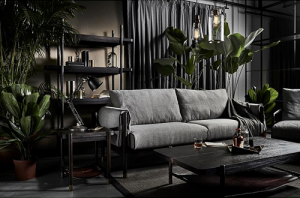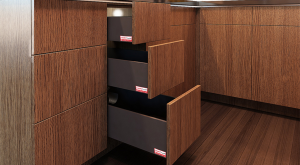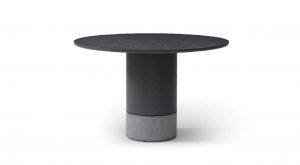Featured Post
The Ultimate Guide to Maintaining Your Upholstered Furniture
Upholstered furniture adds comfort and style to any home, but it requires regular care to stay looking its best. In this guide, you'll discover essential tips and techniques for maintaining your upholstered furniture, from routine cleaning to fabric selection and professional care.
Why Regular Maintenance Matters
I learned the hard way that neglecting upholstered furniture can lead to costly repairs or replacements. A few years ago, I ignored a small stain on my favorite armchair, thinking it wasn't a big deal. Over time, the stain set in, and the fabric started to wear unevenly. By the time I tried to clean it, the damage was irreversible. This experience taught me the importance of regular maintenance. Not only does it keep your furniture looking great, but it also extends its lifespan, saving you money in the long run.
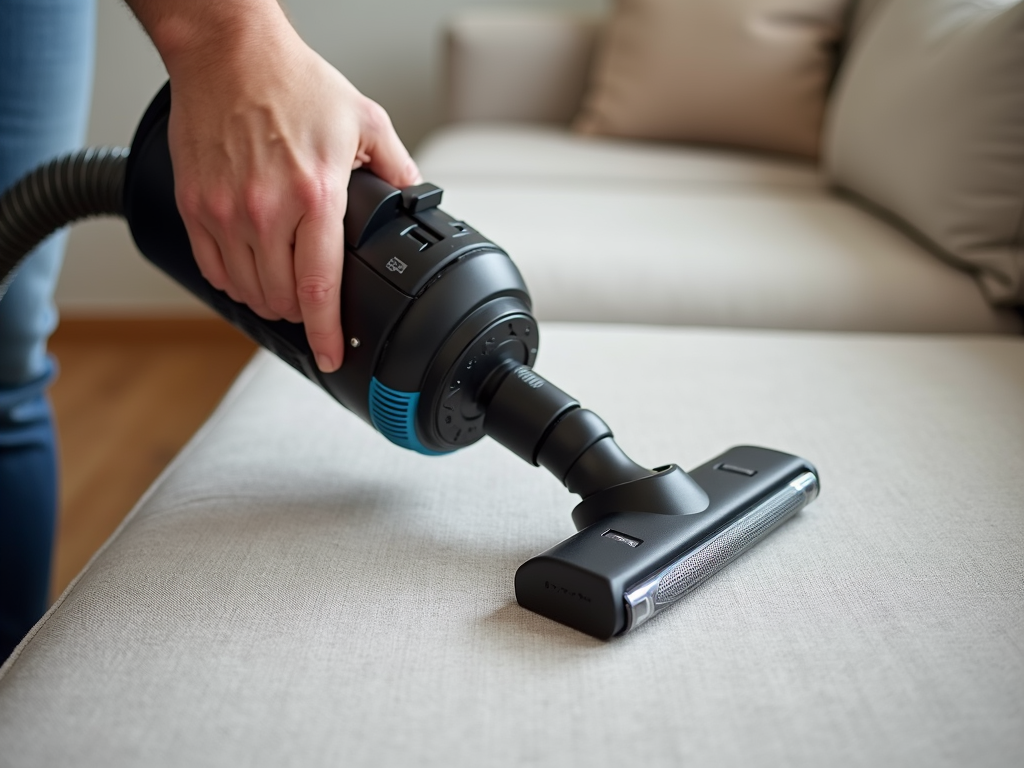
Routine Cleaning Techniques
Regular cleaning is the foundation of upholstered furniture maintenance. Here are some simple steps you can take:
- Vacuum Weekly: Use a soft brush attachment to remove dust, crumbs, and pet hair. Pay special attention to crevices and seams where dirt can accumulate.
- Rotate Cushions: If your furniture has removable cushions, rotate them every few months to ensure even wear.
- Spot Clean Spills Immediately: Blot (don't rub!) spills with a clean, dry cloth to prevent them from setting into the fabric.
For deeper cleaning, check the manufacturer's care instructions. Many upholstered pieces have a cleaning code on the tag:
| Code | Meaning |
|---|---|
| W | Water-based cleaner |
| S | Solvent-based cleaner |
| WS | Water or solvent-based cleaner |
| X | Vacuum only |
If you're unsure, it's always best to consult a professional.

Handling Spills and Stains
Accidents happen, but quick action can prevent permanent damage. Here's how to handle common spills:
- Blot the spill immediately with a clean, dry cloth.
- Identify the type of stain (e.g., food, wine, ink).
- Use the appropriate cleaning method based on the fabric type and stain.
For example, to remove a red wine stain from a water-safe fabric:
- Blot the area with a clean cloth to absorb as much wine as possible.
- Mix a solution of equal parts water and white vinegar.
- Dab the solution onto the stain with a clean cloth.
- Blot with a dry cloth to remove excess moisture.
- Allow the area to air dry completely.
If the stain persists, consider professional cleaning.
Choosing the Right Upholstery Fabrics
Selecting the right fabric can make maintenance easier. When choosing upholstery, consider:
- Durability: Look for fabrics with a high rub count (over 15,000 for heavy use areas).
- Cleanability: Fabrics like microfiber or leather are often easier to clean than delicate materials like silk.
- Lifestyle: If you have pets or children, opt for stain-resistant or washable fabrics.
For more detailed guidance, check out our article on How to Choose Upholstery Fabrics.
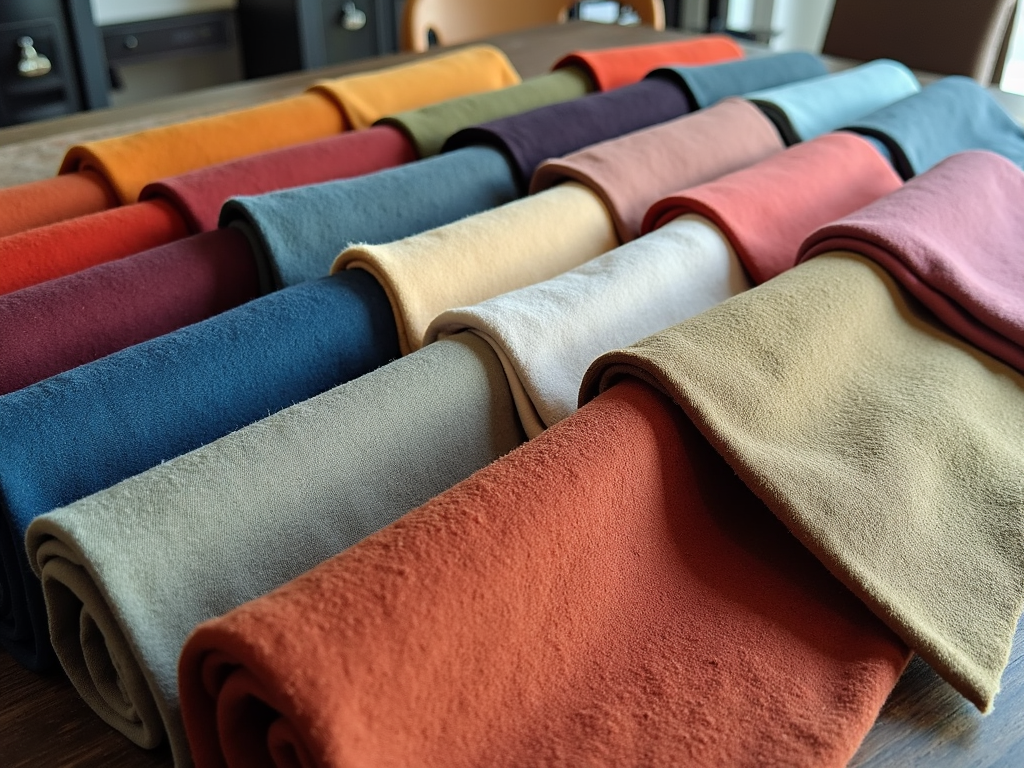
When to Seek Professional Help
While regular maintenance can handle most issues, some situations call for professional expertise:
- Deep Cleaning: Every 12-18 months, consider having your upholstered furniture professionally cleaned to remove embedded dirt and allergens.
- Stubborn Stains: If you've tried to remove a stain without success, a professional cleaner may have specialized tools and techniques.
- Reupholstering: If your furniture's fabric is worn or outdated, reupholstering can give it a new lease on life. Learn more in our guide on How to Refresh Old Furniture with New Fabric.
Tips for Extending Furniture Life
Beyond cleaning, there are several ways to prolong the life of your upholstered furniture:
- Use Furniture Protectors: Slipcovers or throws can shield your furniture from spills and wear.
- Avoid Direct Sunlight: UV rays can fade and weaken fabrics over time. Position furniture away from windows or use curtains to block sunlight.
- Control Humidity: Extreme humidity can damage wood frames and encourage mold growth. Aim for a consistent indoor humidity level between 40-50%.
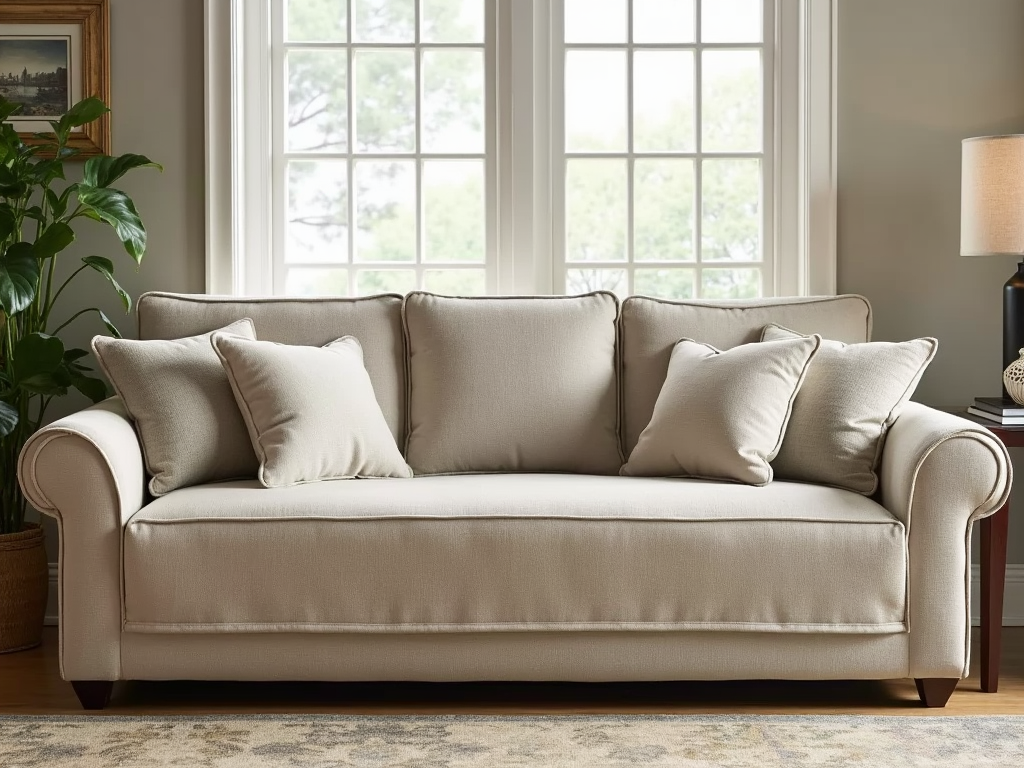
Summary
Maintaining your upholstered furniture doesn't have to be a chore. By incorporating regular cleaning, choosing the right fabrics, and knowing when to seek professional help, you can keep your furniture looking beautiful for years to come. Remember, a little effort now can save you from costly repairs or replacements down the road.


